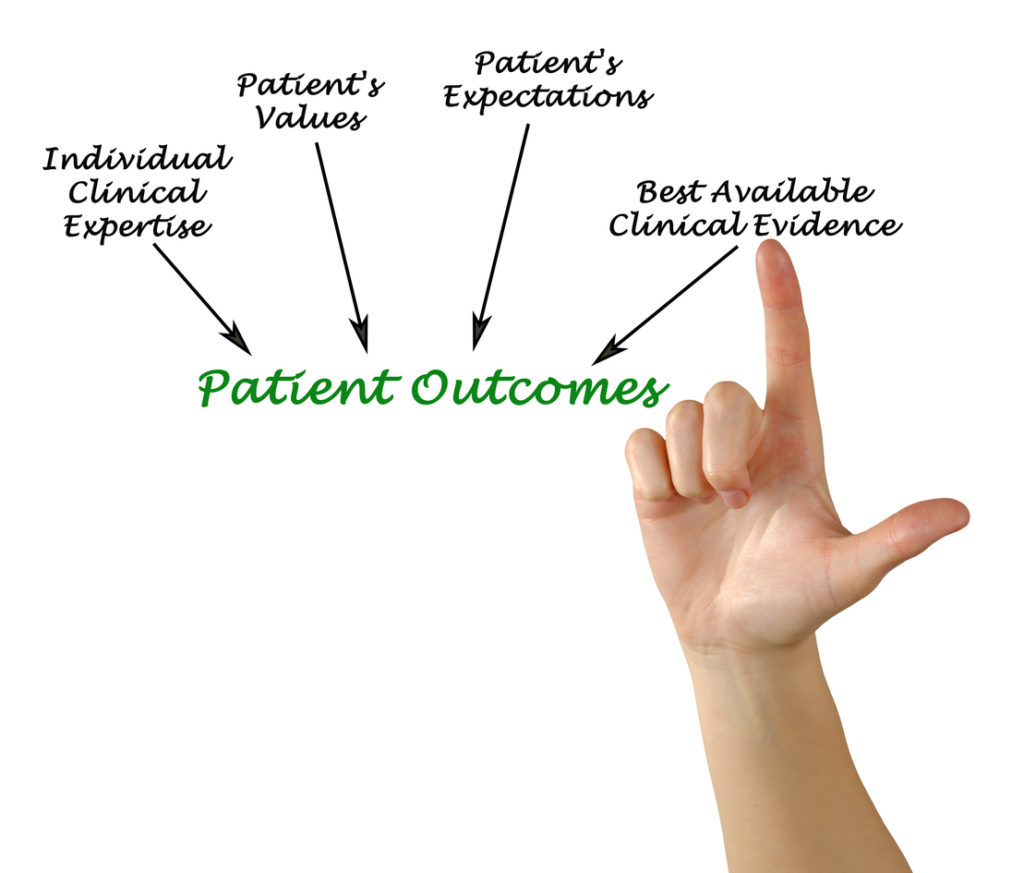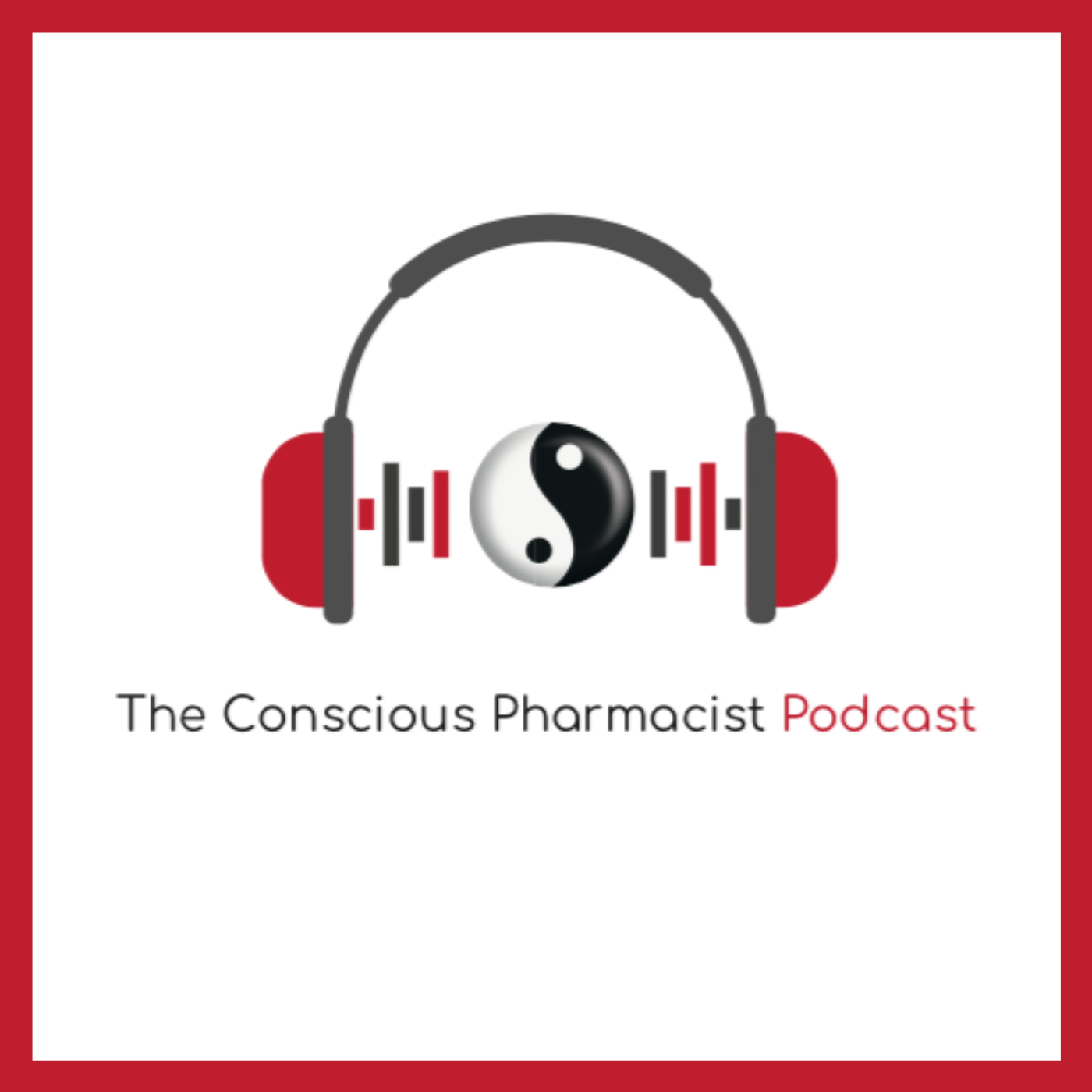We are going through the seismic shift in pharmacy, earthquakes, and tsunamis happening around us every day.
The days of the local pharmacy as a prescription filling hub with the sole role of the pharmacist is related to the dispensing functions like licking, sticking, filling in billing is truly over for all your pharmacists out there and pharmacy owners who are focused and obsessing about those decreasing your reimbursement.
Listen
Subscribe
iTunes | Stitcher | Google Play | Spotify
What You Will Learn:
- The changing role of the community pharmacist
- Pharmacists play a key role in HIV care
- HIV pharmacists are transforming outcomes

Links & Resources
Subscribe & Review on iTunes
Are you subscribed to our podcast yet? Want to get bonus episodes? Be sure to subscribe so you get notified of any new episode that comes out.
Click here to subscribe on iTunes.
Transcription
So this week our podcast is called, it’s a new dawn for pharmacy. We are going through the seismic shift in pharmacy, earthquakes, and tsunamis happening around us every day and the days of the local pharmacy as a prescription filling hub with the sole role of the pharmacist is related to the dispensing functions like licking, sticking, filling in billing is truly over for all your pharmacists out there and pharmacy owners who are focused and obsessing about those decreasing your reimbursement. Yeah, that’s happening. But what else are you doing in your business? What services are you introducing to offset this and to turn your pharmacies into hubs in your community for healthcare services? What are you doing? What changes are you making? Oh, you conscious of what’s really going on and are you conscious about making these changes across the country? Legislation in many states recognizes pharmacists as healthcare providers.
And finally, we are being for our clinical roles instead of dispensing roles in California. For example, Governor Jerry Brown signed SB four 93 into law in October 2013 and this low recognized pharmacists as healthcare providers. And as a result, the California state board of pharmacy created that advanced practice pharmacy licensure. I am a proud card-carrying member and license holder of the advanced practice pharmacist in California and this has changed the direction of Michelle RX consulting and my practice and where we are going as a company and as healthcare providers. So what does this mean? What is this shift in pharmacy and in healthcare mean for HIV care? The role of the community HIV specialist pharmacist is an essential key to maximizing patient outcomes in this broken healthcare system that we are currently faced with as we go through this metamorphosis in healthcare and in pharmacy opportunities in HIV care abound.
And I’m not talking about the reimbursement rates for antiretroviral drugs as experts in HIV, drug therapy management, drug drug interactions, adherence management benefits, navigation, MTM and chronic care management. We are able to improve patient outcomes and improve quality of life and really decrease healthcare costs, like really make a difference in the United States that estimated direct and indirect cost of nonadherence is around $337 billion. That’s about $2,000 per patient in additional physicians visits every year.
Poor medication adherence is responsible for 33 to 69% of all medication-related hospital admissions at a cost of about a hundred billion dollars per year. It’s astronomical. 125,000 Americans die annually due to poor inherence. And adherence is lowest amongst patients with chronic illnesses. So just from these four steps that I’ve quoted about nonadherence, just in this podcast, the opportunities for us as pharmacists and healthcare providers are enormous. So what about outcomes? We here outcomes, outcomes, outcomes, but are we actually doing anything to make a difference and affect positive outcomes in our patients?
What outcomes could the HIV pharmacists, providers look out for in the HIV patient population? And how can we as pharmacists make a difference? The opportunities are plentiful. And I’m going to give you a few examples of clinical outcomes that pharmacists can have direct impact on on our HIV patient management, both for HIV and other comorbidities as well as over the counter drugs, vitamin supplements, and even the illicit drugs that our patients use.
So outcomes that matter include the following and undetectable viral load, stable t-cell count. Is there any evidence of antiretroviral resistance monitoring and management of adverse reactions, drug drug interaction management, Acordia vascular risk assessment. HIV is a risk factor for cardiovascular disease and has been linked to stroke and heart failure risk, lipid management, hypertension management, smoking cessation, vaccinations, diabetes management, the provision of Naloxone in our patients that take high doses of opioids and the list can go on and on and on.
So the many more outcome metrics that pharmacists can manage and improve the lives of people living with HIV. What are you doing to make a difference in your patient lives? The pharmacist also, PR plays an essential role in HIV prevention on two-fold in that HIV prevention continuum. Firstly, if we’re managing all the outcomes in our HIV positive patients and ensuring that our patients remain stable and undetectable being undetectable negates any transmission of HIV. You’ve probably all heard of the YouCall You Code Campaign campaign where undetectable is transmissible, so getting a patient HIV positive patients on treatment and keeping them in the HIV continuum of care is called treatment disprevention.
If we can keep our HIV positive patients in treatment and undetectable, they will not transmit HIV within their communities. Essentially decreasing the community viral load within your particular community. On the other end of the spectrum is the HIV prevention side, which pharmacists can play a critical piece, pharmacists, healthcare providers in the community of perfectly positioned to be clean key players in the United States.
HIV goals of getting to zero new infections by setting up HIV testing clinics within the pharmacy and being able to finish a prep and pep to qualified candidates and the collaborative practice agreements across the country. There are some very successful quick clinics and prep programs that have been implemented in community pharmacies. A couple of those examples, or Kelly Ross pharmacy in Seattle and mission wellness pharmacy in San Francisco. Both are models of the impact community pharmacies can have within their of preventing HIV transmission. The provision of prep by community pharmacists is so important that there’s currently legislation is SB159 which was introduced by state Senator Scott Wiener from San Francisco currently moving through the California legislature and is now in their assembly. I’m pretty confident that this legislation will go through and end up on Governor Gavin Newsome’s desk and if Posten signed will allow pharmacists to furnish prep and pep.
It’s trained pharmacist that is, um, to provide prep and pimp. As you can see from this podcast today, it’s a new dawn in pharmacy. We as pharmacists can make huge, a huge impact in the care of our patients. It goes way beyond the prescription bottle, the filling, the billing, the licking, the sticking, and that reimbursement rate on the thing. How do we get paid? How do we implement these services in our community pharmacies to improve our patient outcomes, decrease HIV transmission, and improve HIV prevention efforts within our community? Remember, it’s a new dawn in pharmacy. You can make a difference. Be Conscious and be the change. Until next time.
